Spotlight on Boston University — 8 AV/IT Tech Directors Share: Fall 2021 – The Hybrid/HyFlex Higher Ed Campus
Boston University outfitted over 528 spaces with technology to support the hybrid model. Learn about its plan for the 2021 fall semester.
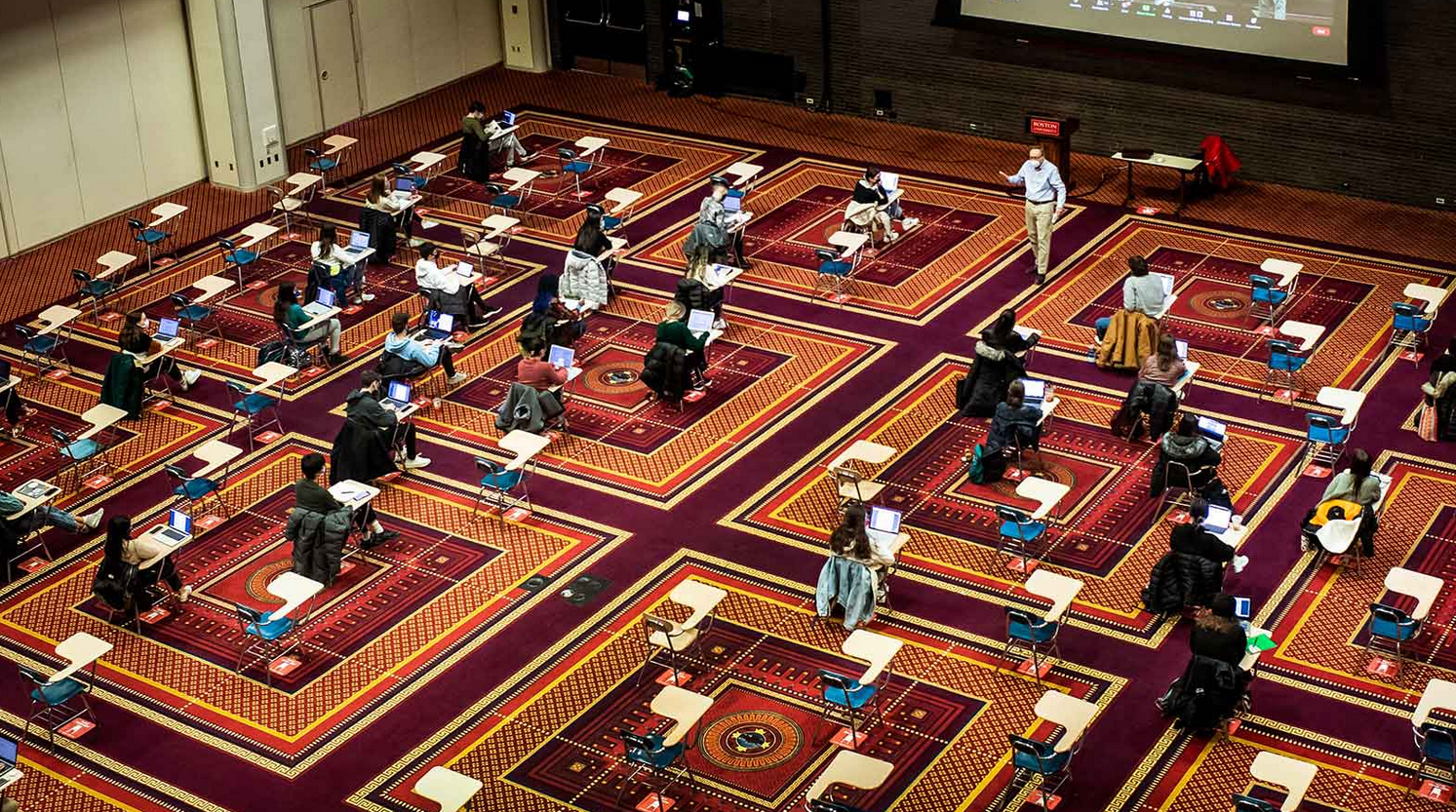
AV Technology content director Cindy Davis sat down with the AV/IT directors from eight universities to learn how they are approaching the 2021–22 school year. Some are returning to pre-pandemic status with few reconfigured classrooms for hybrid learning, others are all-in with hybrid, or HyFlex modalities, while others are in transition and planning for the future.
We’ve created a series of spotlights that provide an in-depth conversation with university AV/IT directors, which will be posted here on AVNetwork throughout September.
For a snapshot of all eight universities, plus industry thought leadership, and an extensive list of products for the hybrid and HyFlex classroom, download The Technology Manager's Guide to Fall 2021: The Hybrid/HyFlex Higher Ed Campus.
Spotlight on Boston University
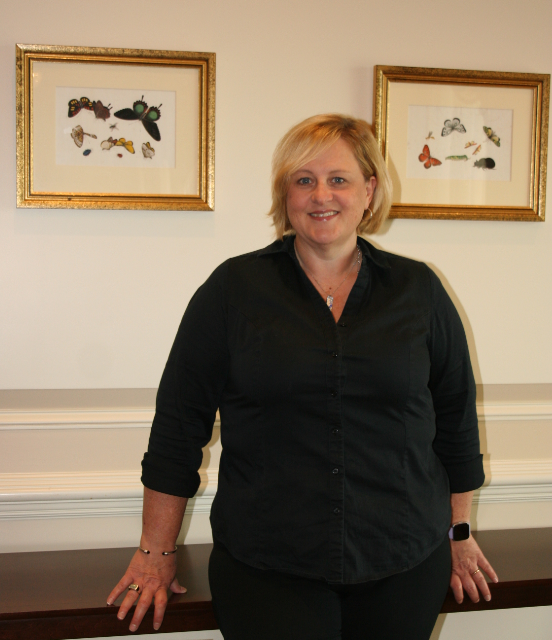
Linda Jerrett
Director, Learning & Event Technology Services
Information Services & Technology, Client Services & Support, Boston University
Q: Pre-pandemic, what percentage of classes (if any) were set up as hybrid or HyFlex? What are plans for fall classes?
A: Prior to the pandemic, only a small percentage of classrooms were equipped to support a hybrid modality. These rooms were focused more in Boston University’s Metropolitan College’s online classes and a few other specialized programs across our campuses.
BU is committed to offering the full benefits of a residential learning institution and is offering a hybrid solution only for the convenience of some students in specific programs. Other than that, the adoption is fairly in line with pre-pandemic levels as previously offered through our online program options.
For the Fall 2021 semester, there will be a return to normal, in-person classes. Rooms are returning to their pre-pandemic capacities. Signage is coming down and furniture is being moved back in. BU will have a small number of graduate programs that have been approved to have a remote component for international students who cannot get back to campus or who started the program remotely and for whom a four month move to Boston is not feasible.
A daily selection of features, industry news, and analysis for tech managers. Sign up below.
From a technology standpoint, all installed technology will remain. All portable technology will be reclaimed and repurposed or will be stored for future emergency response. Schools and colleges have been given an opportunity to request that they be able to retain the portable technology, but need to provide a pedagogical need that is not directly tied to offering remote instruction. The portable equipment includes tripods with Zoom Kits (web camera, USB mic, USB hub, and cables), iPads on iPad carts, iPads on articulating arms for laboratories, STEM carts (with and without laptops), and 75-inch display carts with full Zoom Kits (PTZ camera, USB mic, et cetera).
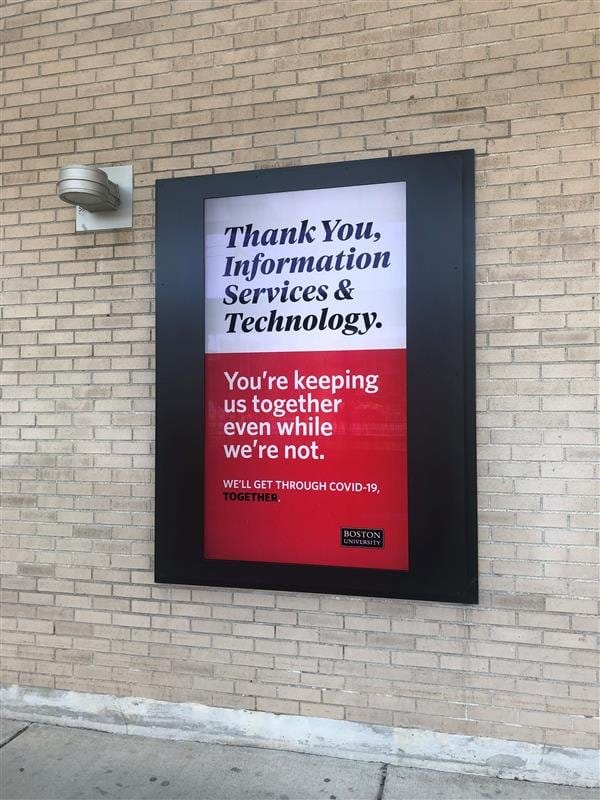
Q: Have in-person classes resumed?
A: In-person classes resumed for the Fall 2020 semester with a mix of in-person and remote students. Classrooms were de-densified, air scrubbers were added (see audio issues below!) and we followed strict mask, testing, and daily attestation mandates. Boston University built their own COVID testing lab and rolled out a comprehensive program to keep the community safe.
Some classes were taught fully remote because of the complexity of the hybrid model, such as language classes where students needed to see faculty members’ mouths pronounce words and sounds. Throughout all classes, students were allowed to shift between in-person and remote as needed/desired for quarantine, isolation, or if they opted to learn from home and not be on campus at all.
Boston University outfitted over 528 spaces with technology to support the hybrid model that was branded as LfA or Learn from Anywhere. We took over non-traditional spaces like gymnasiums, prestige event spaces, chapels, and some proprietary classroom space to use for classrooms during the pandemic. Any existing full lecture capture equipment was leveraged and expanded to also work with Zoom. Options to allow faculty to either use the installed computer or their own device were installed for faculty fearful of sharing keyboards and mice. Annotation tablets were installed and made available to be used for BYOD as well, and allowed faculty to annotate instead of writing on the whiteboard, which could be harder for a remote audience to see at times. Audio issues were addressed and installed audio systems were supplemented with USB devices of varying sizes; and sets of Bluetooth headphones, which brought the microphone closer to the faculty voices, were given out to boost the audio for remote audiences.
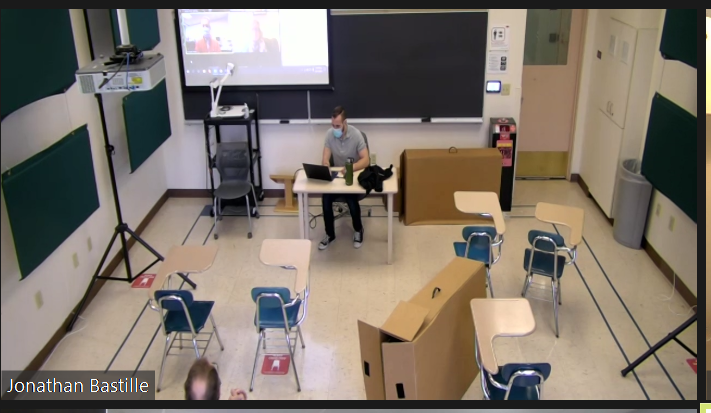
Q: In what ways is your department gearing up for the fall different than if the pandemic not happened?
A: A lot of it is business as usual, especially in the classrooms. The busiest aspect of our support for the fall is on the AV design and live event sides. Our design team is rushing to install similar technology in conference and event spaces to allow for hybrid meetings between staff on campus and those who may continue to work remotely. Our live event team is handling requests for hybrid events and is working to support large-scale virtual conferences. While remote instruction has not sharply increased because of the pandemic—remote work, meetings, and events have.
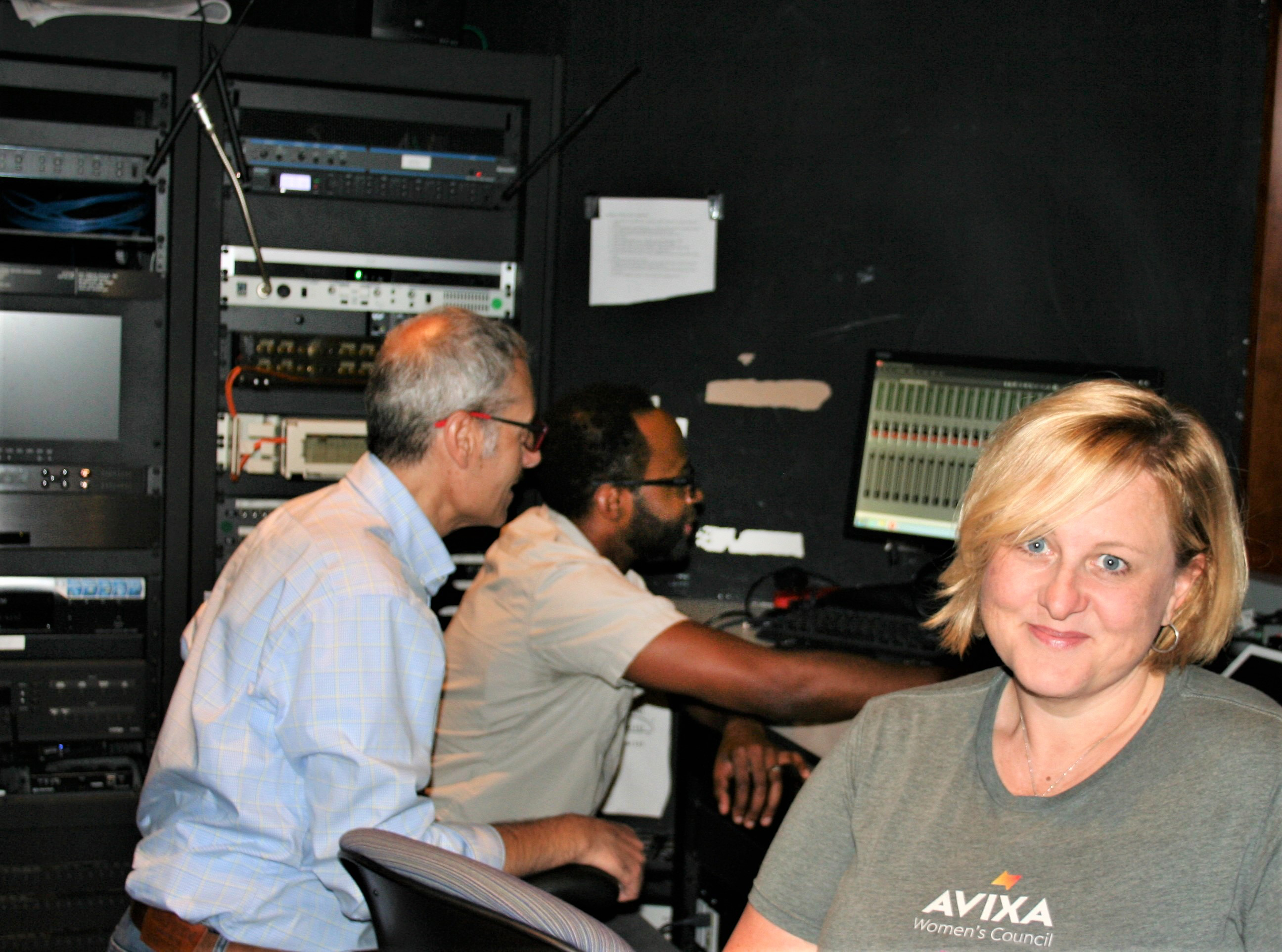
Q: Have more classrooms been outfitted with remote technologies specifically because of the pandemic?
A: Almost every available instructional space that had room after the de-densification process was outfitted across less than a handful of months in the summer of 2020. There weren’t many more existing places where we could have put anything. However, we are part of the project team for the new BU Center for Computing and Data Sciences that will open in January 2023. Once the Fall 2020 semester began, we immediately reviewed and revisited the AV/IT plans for the new building. It was abundantly clear that our classroom standard going forward must include technology to support remote/hybrid instruction. We couldn’t plan to open a state-of-the-art sciences building that would have been behind even our most basic current general purpose classroom.
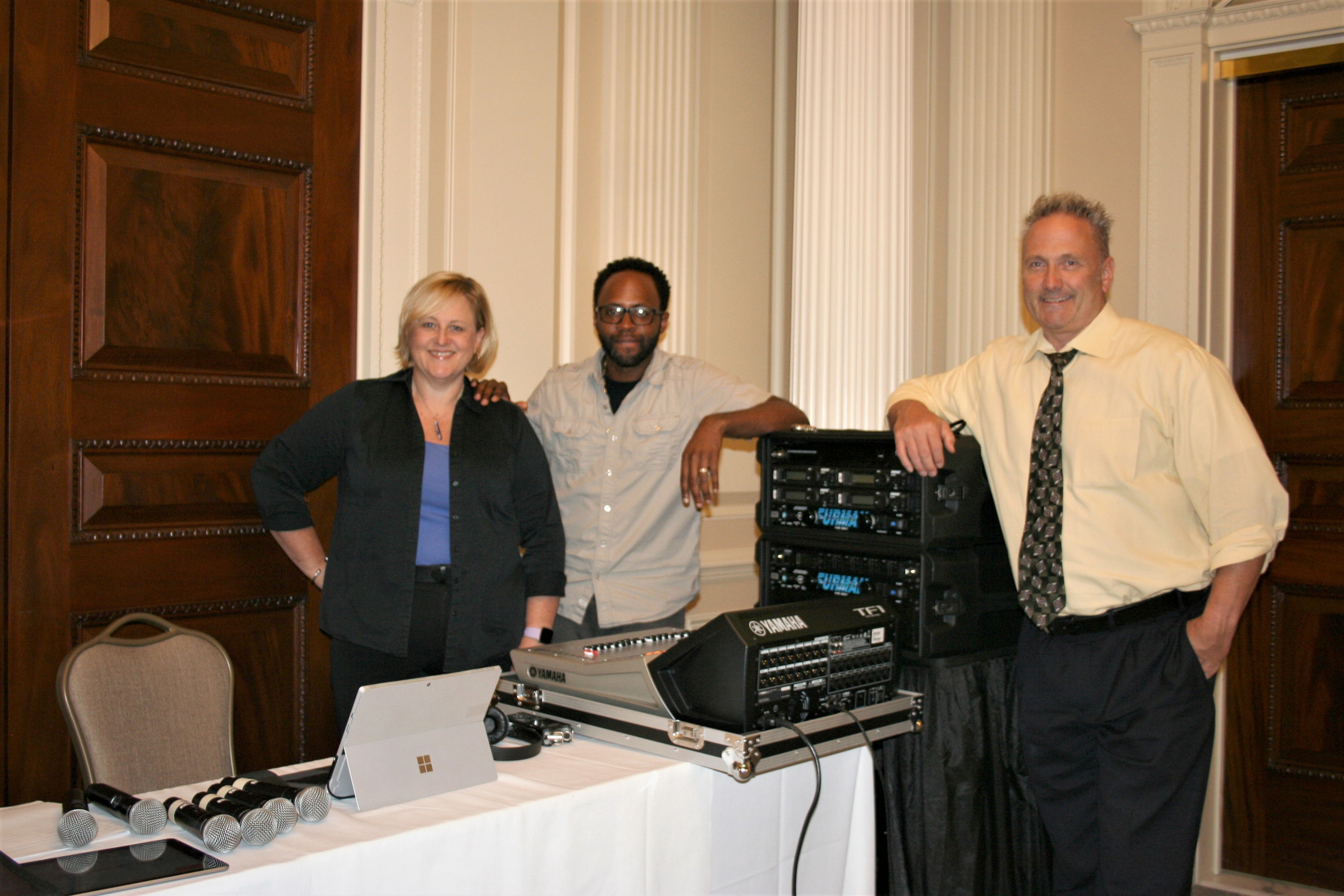
Q: Key challenges?
A: We ran into three key challenges, the first of which involved supply chain issues in obtaining the equipment we needed exactly when we needed it across the summer of 2020, heading into fall classes. We ended up buying web cameras and other equipment in small batches. We had over 100 rooms that were complete at one point except for the installed camera. The amazing integration team at Ambient Sound would complete a room, install and test with the camera, and then remove the camera and move on to the next space. As shipments came in, our teams would run around and just install and double-test cameras in large batches.
Second, three weeks before the start of classes, classroom support staff who were checking rooms noticed new large HVAC units being rolled out. These ended up being air scrubbers that would filter and cycle all the air in the room quite quickly, but not at all quietly. We had no idea these were coming, and when we began audio tests the news was not good. We quickly had to come up with ways to respond to issues where remote attendees would not be able to hear the faculty. This is when it was decided to purchase and distribute hundreds and hundreds of sets of Bluetooth headphones, and that drastically improved audio for remote audiences.
Finally, fear and trepidation were the other challenges. It was our job to make sure the rooms were ready, but also to simultaneously make sure the faculty knew they were supported and to give them as much comfort and sense of control as possible. This meant that we held introductions and technology trainings during the lead up to the fall, to help allay their fears and show them how the technology had been designed to be as easy as possible and with their safety in mind. These trainings were very popular and appreciated.
"The amazing integration team at Ambient Sound would complete a room, install and test with the camera, and then remove the camera and move on to the next space."
Linda Jerrett
Q: Do you have advice for your peers on training faculty to use new hybrid classroom technologies?
A: Be patient. They are not learning just how to use new technology but how to teach in an entirely new way. Retrofitting in-person lesson plans to be taught in a hybrid model is incredibly difficult and, in some cases, impossible. Faculty have to rework their plans to thrive in this new environment and that can be overwhelming. Be patient with yourselves and your staff too. We have all been through something impactful and frightening. If we all listen to one another and support one another, we may be able to build something really cool together.
Download The Technology Manager's Guide to Fall 2021: The Hybrid/HyFlex Higher Ed Campus.
Spotlight on 8 AV/IT Tech Directors
>> Spotlight on Boston University
>> Spotlight on Brandeis University
>> Spotlight on The Brookings Institution
>> Spotlight on Indiana University
>> Spotlight on University of Massachusetts Lowell
>> Spotlight on the University of North Carolina – Wilmington

Cindy Davis is the brand and content director of AV Technology (AVT). She was a critical member of the AVT editorial team when the title won the “Best Media Brand” laurel in the 2018 SIIA Jesse H. Neal Awards. Davis moderates several monthly AV/IT roundtables and enjoys facilitating and engaging in deeper conversations about the complex topics shaping the ever-evolving AV/IT industry. She explores the ethos of collaboration, hybrid workplaces, experiential spaces, and artificial intelligence to share with readers. Previously, she developed the TechDecisions brand of content sites for EH Publishing, named one of the “10 Great Business Media Websites” by B2B Media Business magazine. For more than 25 years, Davis has developed and delivered multiplatform content for AV/IT B2B and consumer electronics B2C publications, associations, and companies. A lifelong New Englander, Davis makes time for coastal hikes with her husband, Gary, and their Vizsla rescue, Dixie, sailing on one of Gloucester’s great schooners and sampling local IPAs. Connect with her on LinkedIn.
